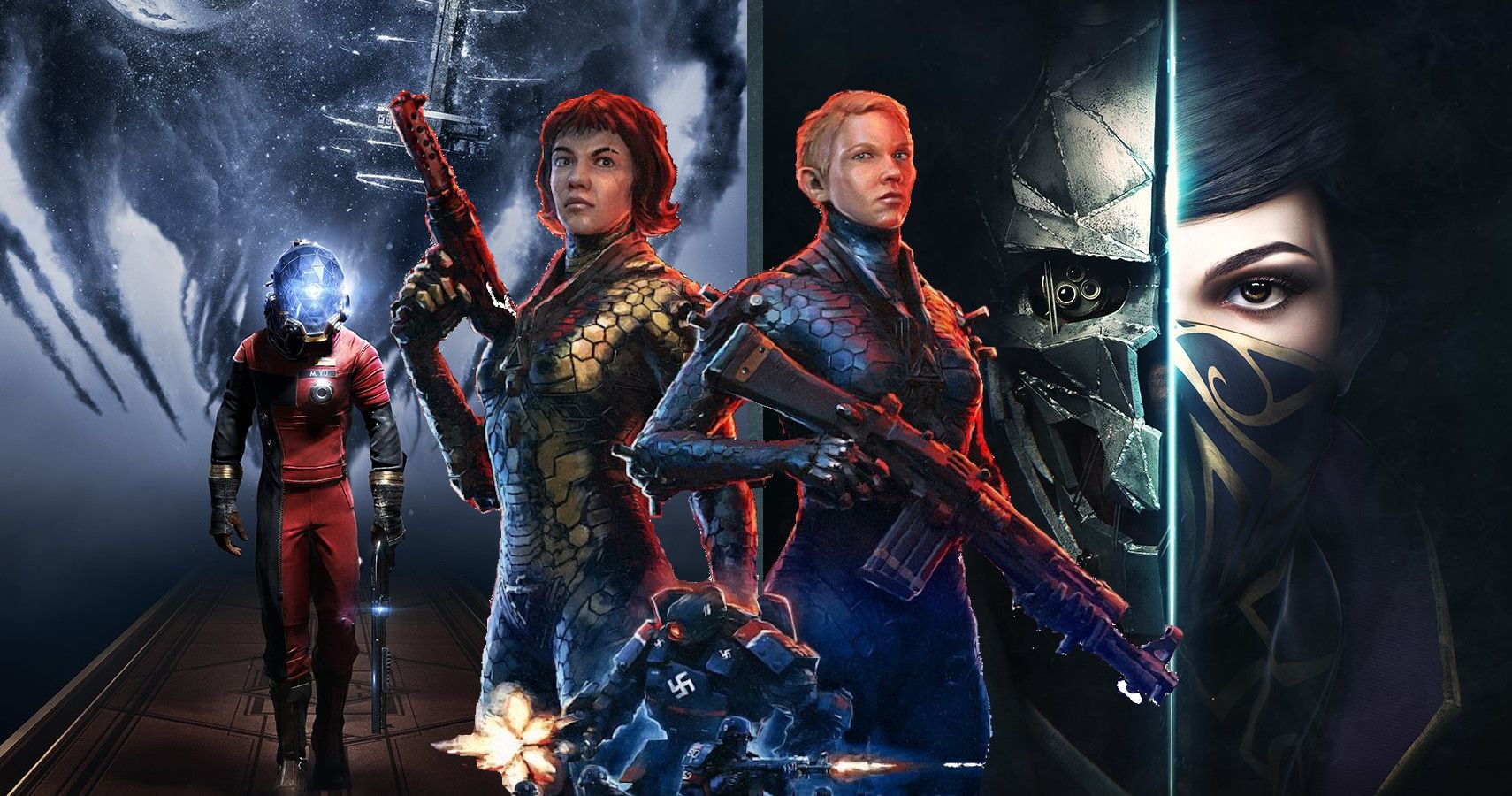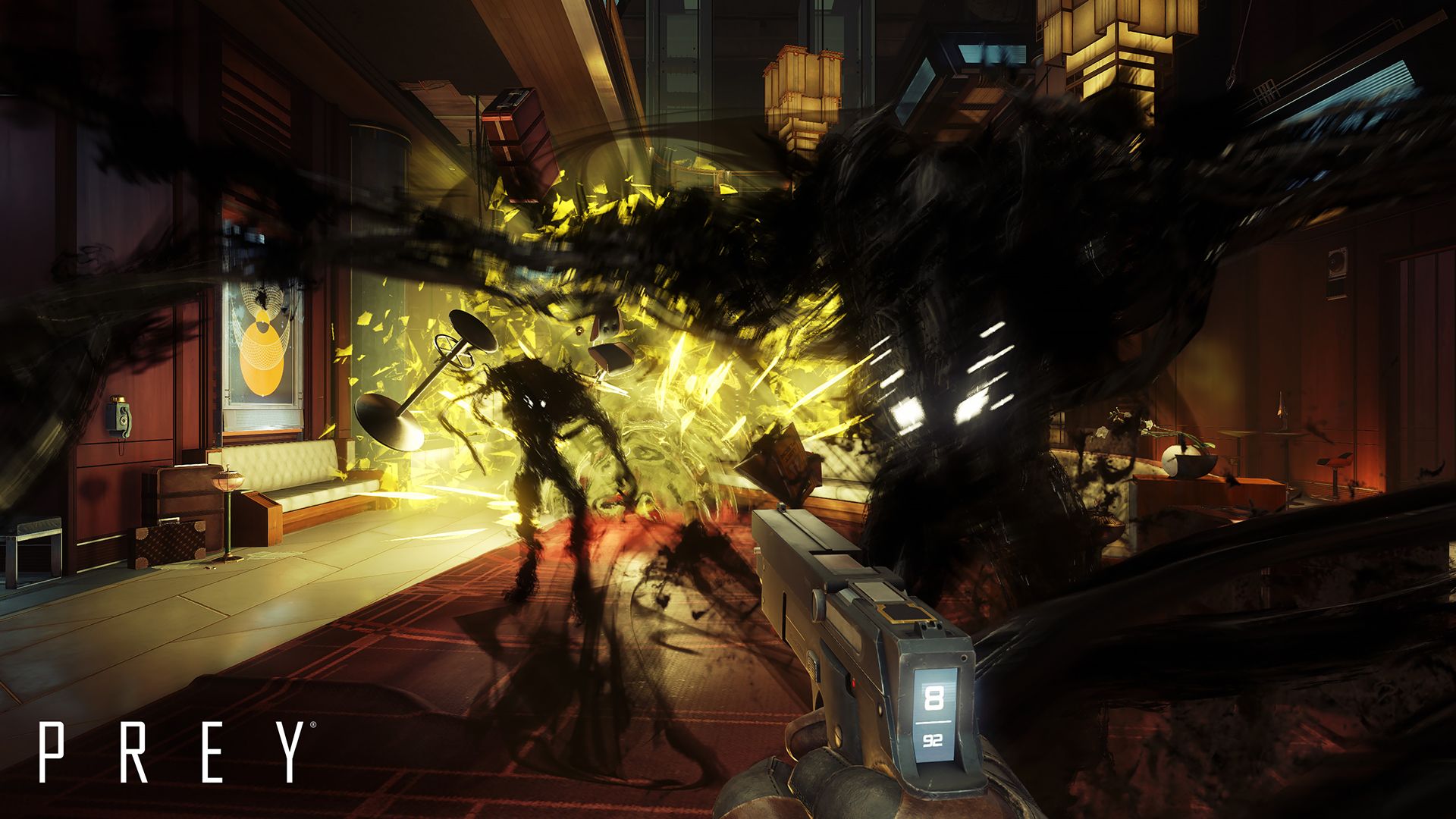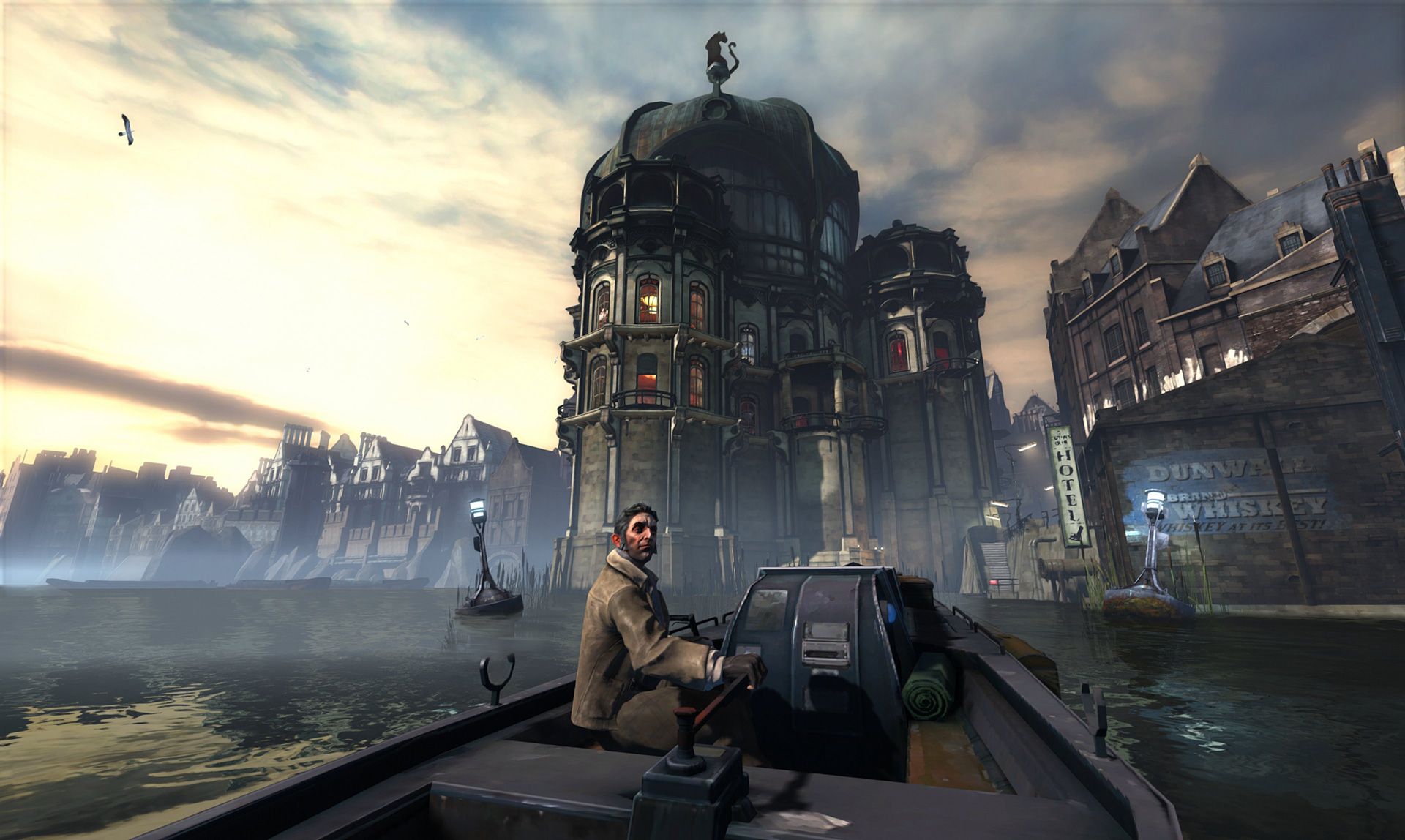Wolfenstein: Youngblood, the stand-alone spin-off to MachineGames' Wolfenstein trilogy, is out now and it's... not what a lot of fans were expecting. Not only is it co-op only, Youngblood has forsaken it's linear roots to offer a mission based, semi-open world experience. On top of that, there are RPG and crafting elements that further blur genre lines and make the game difficult to accurately describe. Picking and choosing the best mechanics from different genres to make a unique game isn't at all a bad thing, of course. But if the pieces don't work together cohesively, the game is left feeling less like a fresh take on a genre a more like a game with an identity crisis.
Many of these changes can be attributed to the influence of Youngblood's co-developer Arkane Studio, as much of the new mechanics are pulled directly from their previous games. Whether these changes were made when Arkane joined the project or if Arkane was brought in as experts to help guide Youngblood in this new direction is unknown. What is clear is that the game takes influence from both games-as-service titles like Destiny, and another genre that has become synonymous with Arkane Studios: The immersive sim.
The Best Games No One Is Buying
The term 'immersive sim', like 'noir' or 'Metroidvania', really describes a sensibility more so than a distinct genre. While games like Skyrim and Prey may be considered an open world RPG and a first-person shooter respectively, they (and other games like System Shock, Thief, Deus Ex, and Dishonored, etc.) share an ideology with regards to the player experience. These immersive sim games are all designed to put the player in the shoes of their character, to feel that they exist in a lived-in world, and to give the player agency to make real, impactful decisions.
All of these design decision are made in an effort to create what's called emergent gameplay. That is, unscripted complex events that occur through the interaction of the player with simple systems in the world around them. These are things that happen in the game that feel like they are happening to you based on your choices through a natural sequence of events rather than something planned by the developers. These are the moments that really sell to the player that the world of the game is real, thus solidifying the immersion. When you can tell a friend the story of something that happened to you in the game because it happened to you, not because it happened in the story, this is when immersive sims really shine.
As you might imagine, these games take large teams and significant financial backing to produce. It takes an enormous amount of time and energy to create the kinds of opportunities for substantial player choice and complex systems of cause and effect. Unfortunately, these games are not the hottest sellers. They're slow-paced and methodical single player experiences in a market full of fast paced action games that the majority seems to favor. In order for immersive sims to to find better success, studios like Arkane - makers of Prey and the Dishonored series - may be looking for ways to connect to a larger audience.
Immersive Sim-Lite
Wolfenstein: Youngblood has A LOT of Dishonored DNA in it. It is immediately noticeable as soon as Jess and Soph meet up with the Resistance in the Catacombs. This hub-world, like the Hounds Pit Pub in Dishonored, serves as the go-between to level up your character and acquire new missions between outings into Neu-Paris. Neu-Paris itself is a semi-open world area comprised of 5 zones that can be fast traveled to from the Catacombs and then traversed throughout however the player sees fit. Missions can be completed in any order, as few or as many as you'd like. You can also upgrade your character into a build that reflects your play style - be it loud and aggressive or silent and invisible.
It all starts to fit the bill of an immersive sim...to an extent. Yes, you can tackle the mission in any order you see fit. Yes, you are left to your own devices to get from point A to point B in the city. But these elements represent more of an illusion of choice in an otherwise linear game. It's like widening the stanchions in the line for a ride at Disneyland: you have more room to move left and right, but everyone is still progressing in the same exact direction.
Arkane has taken a lot of the ideas that make their games so special but stopped short of really giving the player any true agency. There are many paths to travel throughout the city, but without Corvo's complex move-set and powers, there's only so much you can do with a double jump. There are no choices to make within the missions, there are no NPCs to interact with in the city. The only real choices to be made are "which mission do I do next," and "do I upgrade my health or armor."
And yet, its enough of a departure from mainline Wolfenstein that Youngblood is sure to rub fans the wrong way if they are looking for the usual mindless run-and-gun experience. It's an odd middle road to take: it's certainly something new, but in the end, the experience doesn't feel any more rich or personal than the traditional Wolfenstein.
Will Wolfenstein III Be An Immersive Sim?
This may very well be some table setting for the future of the series, as sort of way to test new ideas and gauge audience reaction to a slight genre-shift for Wolfenstein III. If that's the case, then that's definitely something to look forward to. The popularity and success Cyberpunk 2077 will have a huge impact on the future of immersive sims, but CD Projeckt Red might not be alone in shaping that future. Arkane Studios could be on the frontier of the next evolution of the genre, and Wolfenstein: Youngblood may just be the first, clumsy step.



